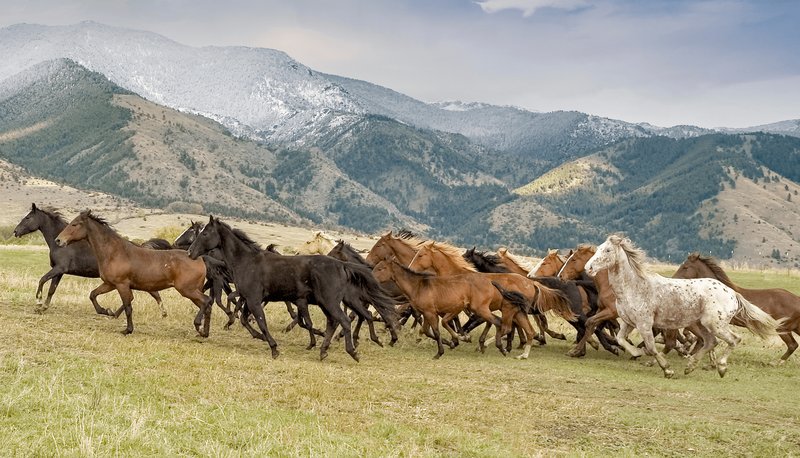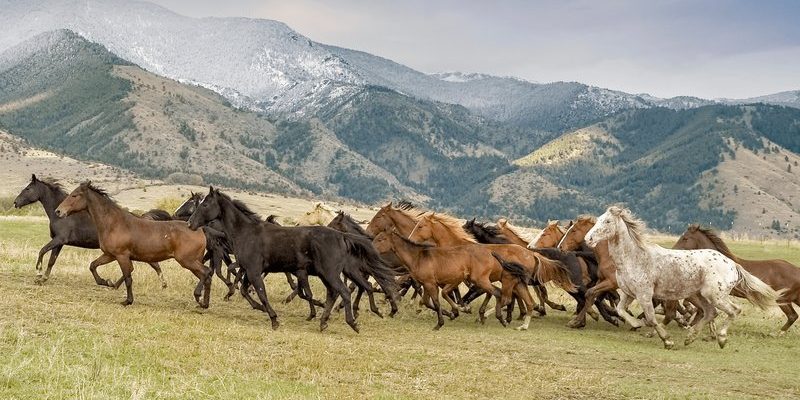
Imagine you’re enjoying a picnic, but something keeps crawling on your skin. You’d probably instinctively start scratching or swatting at it, right? Well, wild animals are no different. Their grooming rituals are often a response not just to dirt or debris but also to pesky parasites. In this article, we’ll explore how wild animals groom themselves in the presence of wolf worms, all while painting a vivid picture of their struggles and strategies in the wild.
What Are Wolf Worms?
Wolf worms are the larvae of a certain fly species, primarily the *Cuterebra* genus, and they can cause significant issues for their hosts, which include various wild mammals. These worms typically find their way into mammals through open wounds, or they may be inhaled when the animal is grooming. Once inside, they can grow quite large, causing irritation, infection, or even more severe complications if not dealt with.
So, what’s the big deal about these worms? Well, they can wreak havoc on their host’s health. Picture this: a young rabbit is enjoying a sunny day, nibbling on grass, when suddenly something feels off. It might start scratching or grooming excessively in an attempt to get rid of a discomfort it can’t quite see. This is where the animal’s natural grooming behavior kicks in, playing a crucial role in not just hygiene but also in health management.
You might be wondering how common these infestations are. While not every wild animal encounters wolf worms, certain species are more susceptible, particularly if they inhabit environments where the flies are prevalent. This makes understanding their grooming behavior even more essential.
Grooming as a Defense Mechanism
Grooming isn’t just for looks; it’s a survival instinct. In the wild, when animals groom themselves, they’re not just cleaning away dirt. They’re also trying to remove parasites like wolf worms. Think of it like a superhero removing invisible threats from their body.
Animals employ various methods to cope with these threats. For instance, some species use their teeth to bite at the spots where they feel irritation. Others might roll in the dirt or scratch against tree bark in an attempt to dislodge any intruders. This can be both fascinating and insightful. For example, a fox might paw at the ground and scratch itself, providing relief while also ensuring it’s free from unwelcome guests.
Interestingly, grooming can also be a social behavior in many animal species. Take primates, for instance. They often groom each other as a bonding activity, helping to build relationships within their groups. This social grooming can help spot wolf worms on a companion that might be difficult for the animal to reach on its own.
Different Grooming Techniques
Animals have developed some incredibly creative grooming techniques to deal with wolf worms and other parasites. Let’s explore a few methods used by different species:
- Licking: Many animals, such as dogs and cats, will lick their fur to clean themselves. This is effective for removing small parasites and debris.
- Scratching: Creatures like bears and deer often use their hooves or claws to scratch hard-to-reach places. This method is particularly useful for dislodging larger parasites.
- Rolling: Some animals, like elephants, may roll around in the mud or dirt. Not only does this help with grooming, but it also provides a protective layer against parasites.
- Social Grooming: Animals like monkeys and apes will groom one another. This helpful behavior can help reduce the spread of parasites within the group.
These grooming techniques are vital for maintaining health and preventing wolf worm infestations. As each animal adapts its methods to the environment and challenges it faces, we get a glimpse of nature’s creativity at work.
The Role of Environment
The environment plays a massive role in how often and how effectively wild animals groom themselves. Animals in dense forests, for instance, may have more encounters with wolf worms due to the cover and warmth that makes it easier for flies to thrive. In contrast, animals in open plains might have fewer issues but face different challenges.
Consider a deer living in a heavily wooded area. It may be more prone to wolf worm infestations due to the shelter and lower visibility that encourages the flies to thrive. Consequently, this deer might groom itself more frequently or even seek out areas with sand or water to roll in, helping to keep those pests at bay.
In harsher environments, like deserts, animals have adapted their grooming techniques to cope with the heat and availability of resources. Grooming in such conditions becomes more strategic and essential than just a cleanliness ritual.
Impact on Animal Health
Healthy grooming habits are crucial for preventing severe health issues related to wolf worm infestations. When animals don’t groom themselves adequately, they may suffer from infections or other complications that can lead to death.
Think of it this way: When you go for a long hike and end up with a nasty scrape, you clean it out to prevent infection, right? Animals do the same thing—they need to keep their skin and fur clean to avoid becoming a host for parasites. If they can’t groom themselves properly due to physical limitations or environmental factors, their health can decline rapidly.
For instance, a rabbit that can’t reach a spot infested with wolf worms might grow increasingly lethargic or even stop eating altogether. This vicious cycle can impact not just the individual but also the entire ecosystem, as a sick animal may become easier prey for predators.
Grooming in wild animals is much more than just a beauty routine. It’s a complex behavior that has evolved as a response to challenges in their environment, including pesky parasites like wolf worms. This behavior can impact their health, social structures, and even survival rates.
Next time you observe wild animals, whether it’s on a nature walk or a documentary, pay attention to their grooming habits. They tell a story of adaptation, resilience, and the fight for survival in an often harsh and challenging world. By understanding these behaviors, we can appreciate the intricate relationships between wildlife and their ecosystems. It’s a reminder that nature has its own way of coping with issues, and hopefully, it inspires us to continue protecting these incredible creatures.

